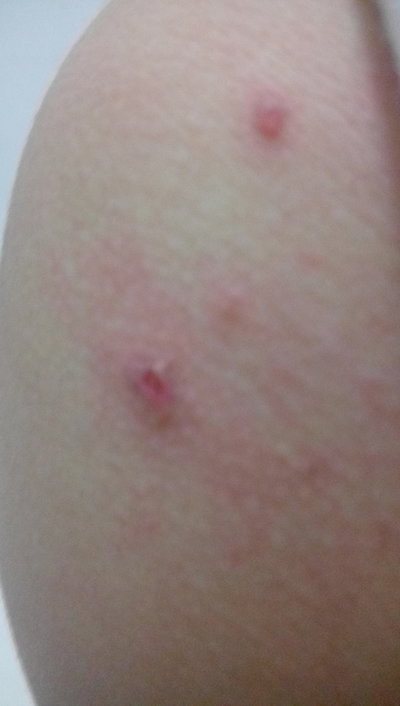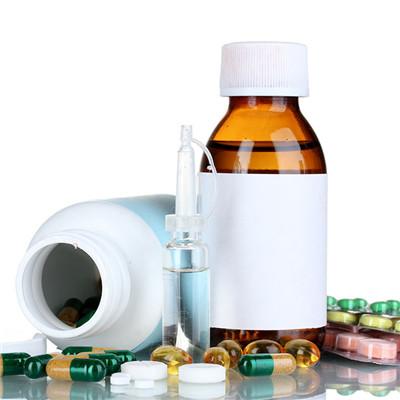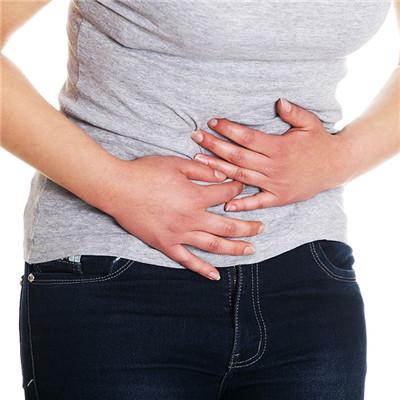How does infantile vulvitis do?
summary
The upper end of the vagina of the young girl is connected with the uterus and fallopian tube, directly connecting to the abdominal cavity, and the lower end is directly connected with the outside world. The front of the vaginal opening is the urethral orifice, and the rear is the anus. The labia minora on both sides of the vagina is often closed, and the front and rear walls of the vagina are closely together, forming a natural defense barrier. But this special structure and unique function make infantile vaginitis (mostly occurs in 2-9-year-old girls) become a common disease in infants, collectively known as infantile vulvovaginitis. Now let's share with you about how to do with infantile vulvitis? Experience in this area.
How does infantile vulvitis do?
First: the physiological characteristics of newborns and young girls lead to almost any source of infection or irritant, as long as it enters the vagina, it can lead to inflammation. The most common is E. coli, which is deposited in the intestine and can cause disease through contamination of stool. In addition, Enterobius vermicularis crawls out of anus and invades vulva, causing infection to vagina.

Second: maternal bacteria, such as mold, trichomonal vaginitis, herpes simplex virus, etc., can be transmitted to female newborns through the birth canal or in daily life.

Third: some children may want to reduce the discomfort of the vulva, or out of curiosity, they will put some small things, such as peanuts, beans, hairpins, small toys, into the vagina, but they don't take them out in time. Long term stimulation will damage the vaginal mucosa and cause inflammation.

matters needing attention
Young girls suffering from vulvovaginitis, to pay attention to diet, in order to maintain unobstructed stool; We should drink more water to prevent urinary tract infection; Some yoghurt rich in active Lactobacillus acidophilus can be used to promote the reproduction and growth of beneficial bacteria and inhibit the survival of harmful bacteria.
















